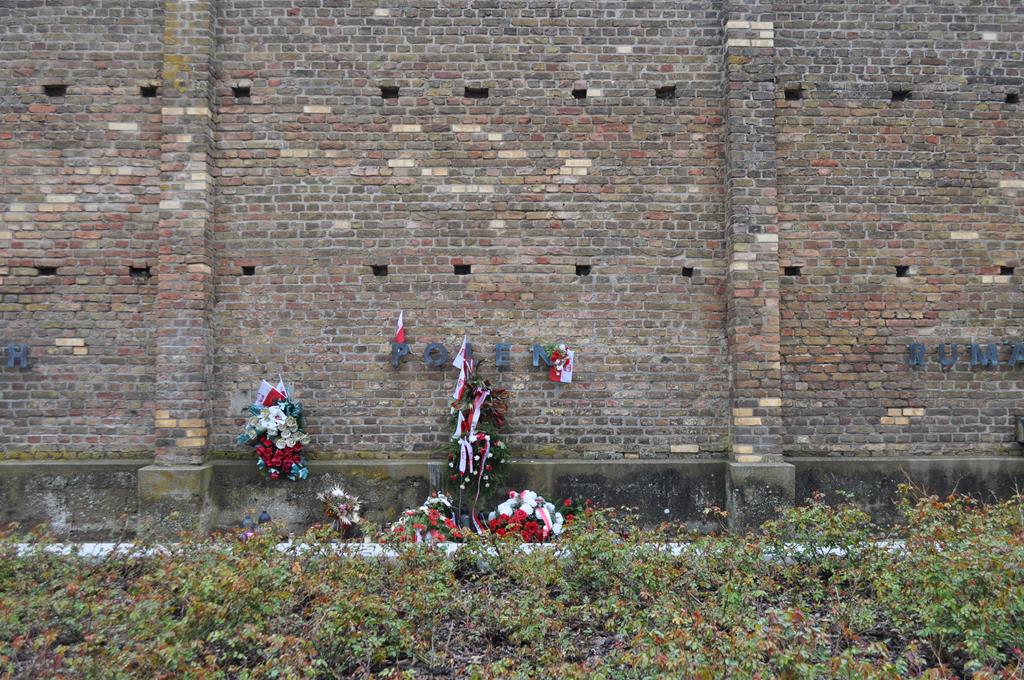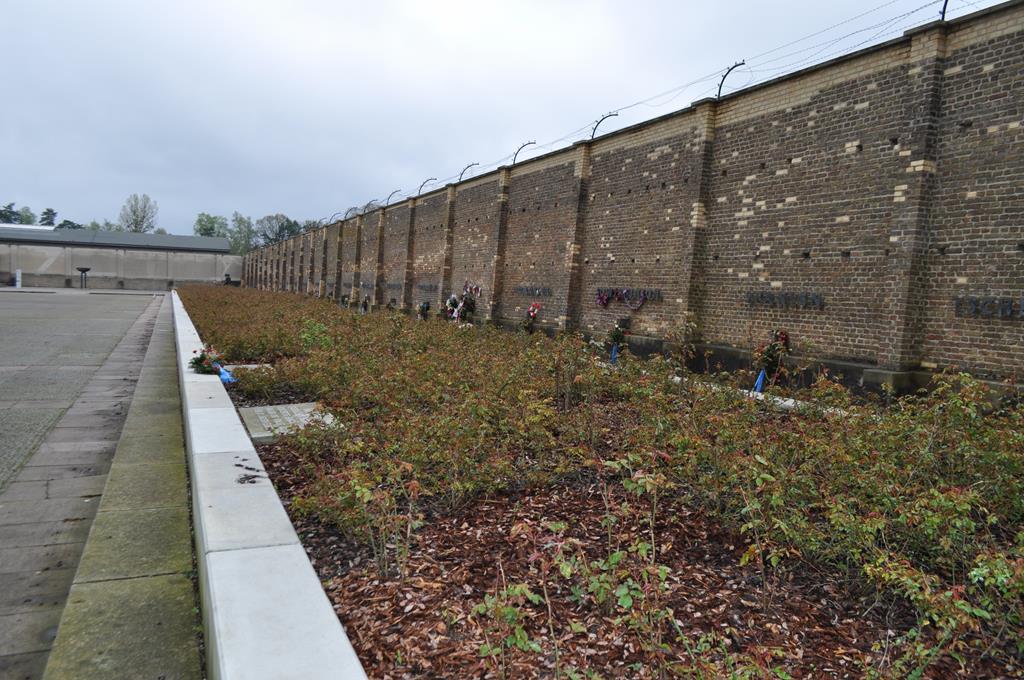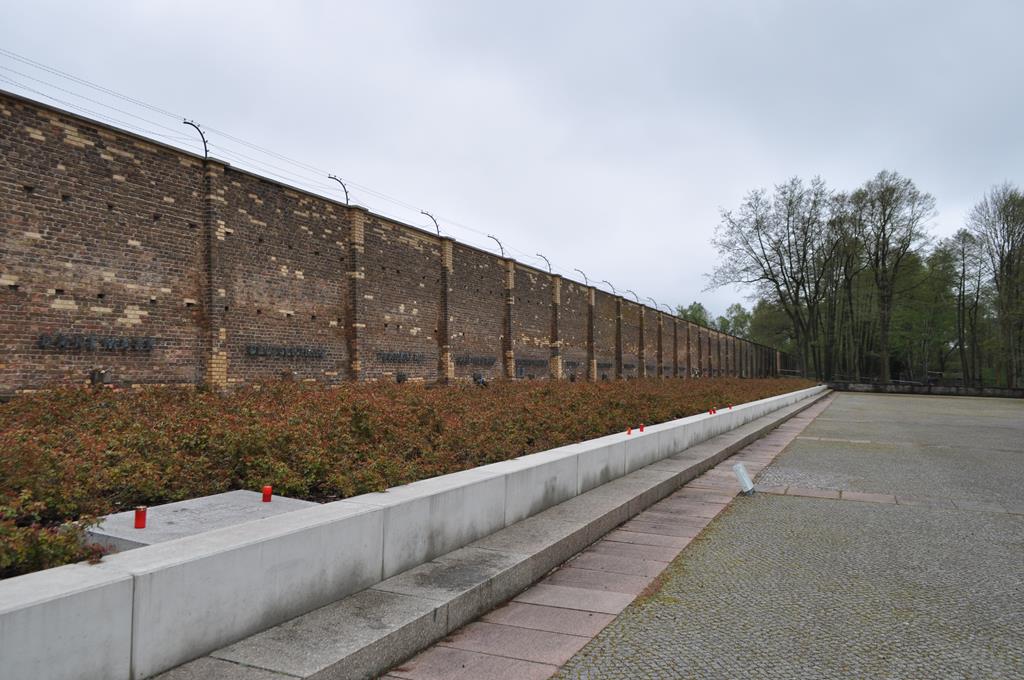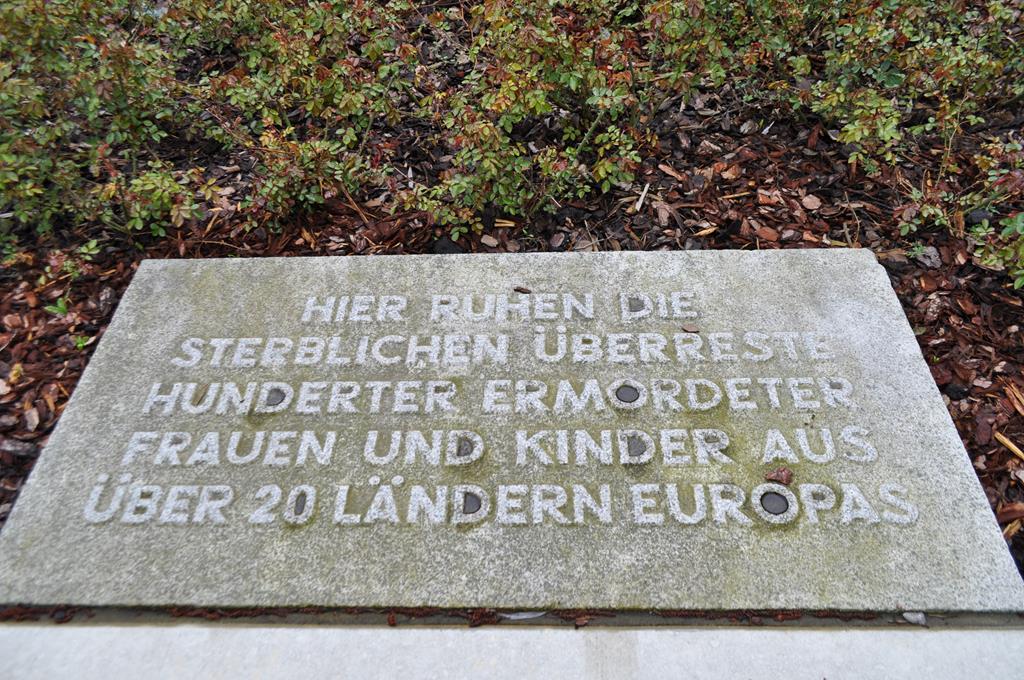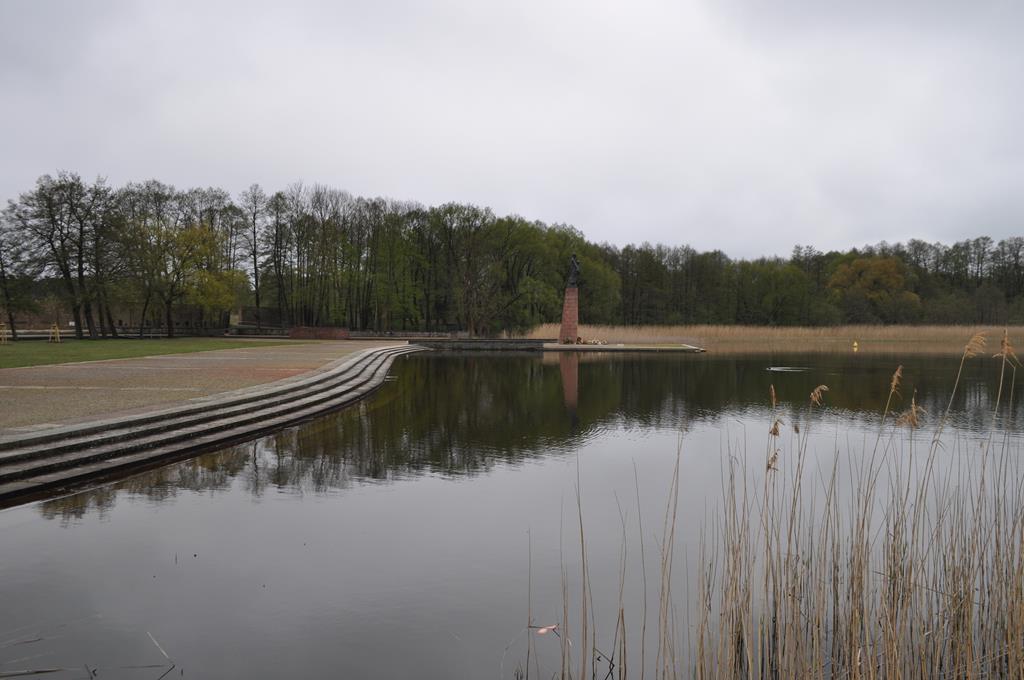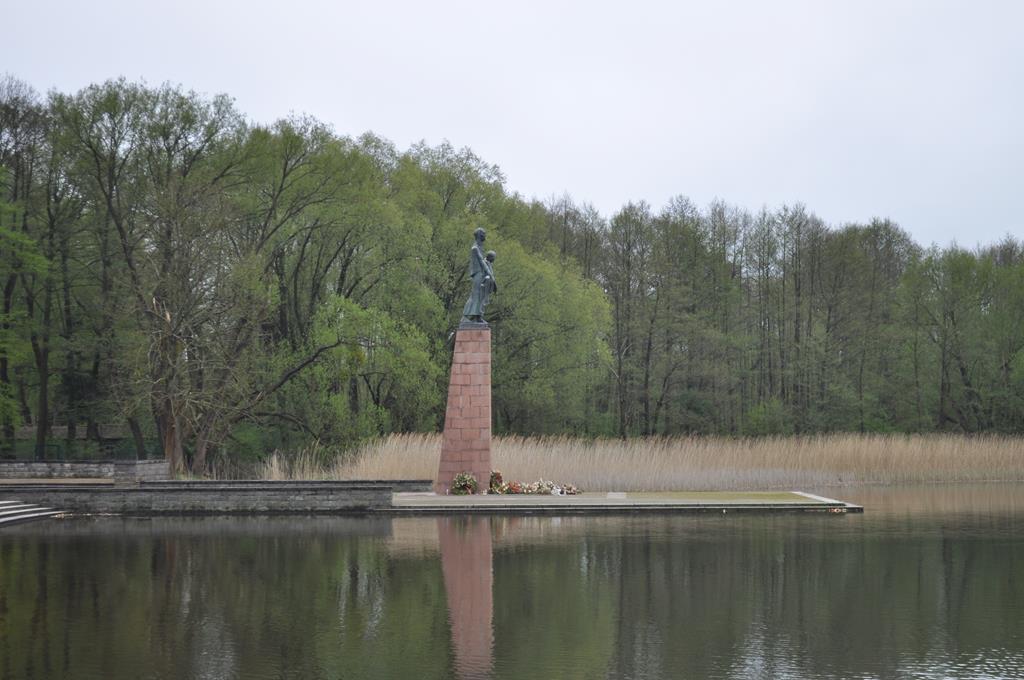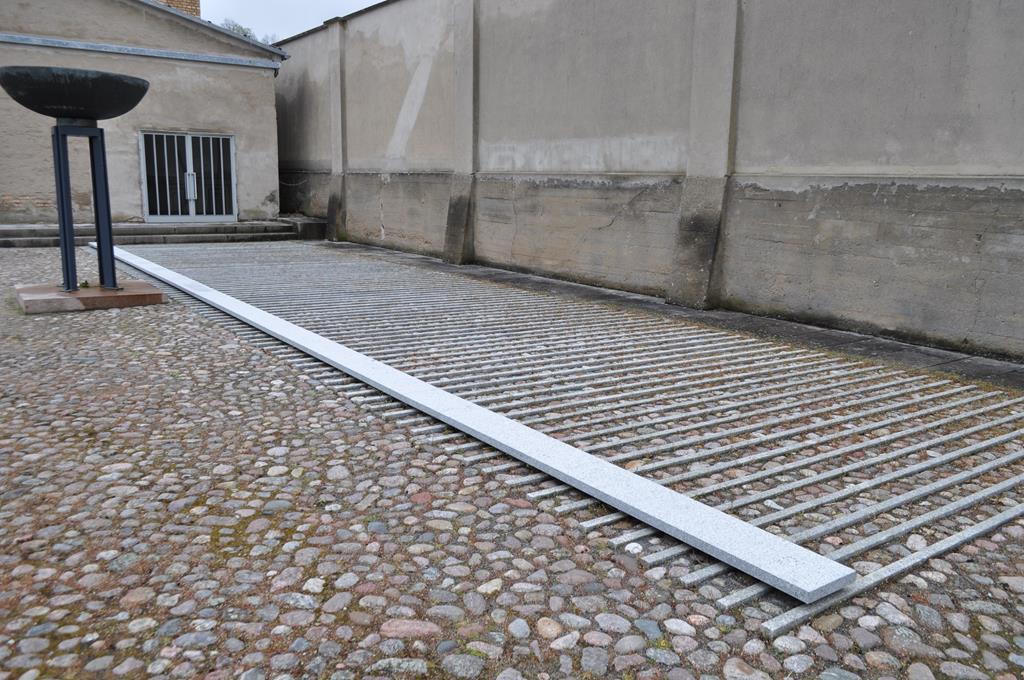The Ravensbrück concentration camp for female prisoners (Frauenkonzentrationlager) was established in early 1939, in Mecklenburg. It was the first and the only female concentration camp (and it functioned in this form until March 1942, when a women’s section was created in the Auschwitz concentration camp). As of 1941, the Ravensbrück camp was systematically extended until it was three times as large as it had been during its initial period of activity. In April 1941, the camp was extended by inclusion of a section for male prisoners, while a chain of sub-camps with numerous plants and workshops that employed female prisoners was established. The overseers of the female prisoners were women. The Ravensbrück camp also served as a training centre for SS women overseers, who were later posted to work in other women’s units. In total, approximately 120,000 women and children of 27 different nationalities passed through Ravensbrück as well as 20,000 men. The latest research has estimated the number of those murdered in the camp to have been around 28,000 (the previous data mentioned the number spanning between 70,000 and 90,000 victims).
The largest group of inmates, almost 40,000, were women from Poland. The SS administration treated the camp as a place for the extermination of female Polish intelligentsia. The first to be imprisoned, on 23 September 1939, were Polish Diaspora female activists from Germany, whereas in November, the first transport of women from occupied Poland arrived. Later, ‘candidates’ for cruel ‘medical experiments’ were selected from this group of prisoners as well. In August and September 1944, a large group of women from the fighting in Warsaw (during the Warsaw Uprising) was brought to the camp.
In November 1941 and in January 1942, 1,600 women were selected in Ravensbrück and sent to special euthanasia centres in Beernburg–Salle and Hartheim, where they were murdered in the gas chambers. As of February 1941, executions of, almost exclusively, Polish women prisoners took place, which lasted until late August 1942. Later, Russian and French female prisoners were executed in the camp as well. Initially, the victims were shot in the forest surrounding the camp, and later in the gap of the wall that ran in proximity to the crematorium. A particularly memorable event that was echoed in the camp’s history was an execution of a group of women who had previously been used for medical experimentation. The last execution took place on 5 January 1945.
Between 1940 and 1943, the bodies of the women who died in the camp were burnt in the crematorium in Fürstenber, in the underground chapel. The ashes were then buried in unmarked collective graves. The camp’s crematorium was constructed in Ravensbrück on 29 April 1943, and the gas chamber was built in the summer of 1944. Both the crematorium and the gas chamber were operational incessantly until the very end of the camp’s existence. The ashes of the murdered victims were thrown into the nearby lake.
August 1944 witnessed the beginning of the action undertaken to obliterate any signs of murderous activity in the camp. In reality, though, the action meant murdering all the witnesses. Thus, women who were sick and unable to work were sent for death to the gas chamber. In March 1945, the personnel began to destroy the camp’s documentation. They also tried to hide any facts that would prove that certain German firms used women prisoners for slave labour. Meanwhile, the camp’s staff undertook negotiations with the Swedish Red Cross concerning the possibilities of providing the prisoners with humanitarian aid. The talks took place mainly via Count Folke Bernadotte. In consequence, approximately 8,000 women prisoners were, in early April 1945, sent from the camp to Sweden and Denmark. On the last days of the war, the remaining 20,000 inmates were force-marched to the west in evacuation marches called ‘death marches’. The Ravensbrück camp was liberated by Soviet troops on 30 April 1945. The liberators found about 2,000 surviving weak and sick women prisoners in the camp. Some of them died soon after the liberation.
During the post-war period, three cemeteries were established where the remains of the victims were buried. In 1950, they were exhumed and, together with the ashes found near the crematorium, transferred to the mass grave that can now be found on the present-day museum premises.
Thanks to the initiative of a group of former women prisoners, as of 1948, commemorative celebrations began to be organised and, in 1959, the National Ravensbrück Memorial that incorporated the shore of Schwedtsee Lake was created. Since 1993, the museum has been administered and run by the Brandenburg Memorials Foundation. The foundation is financed half by the federal authorities and half by the Brandenburg state.
Cemetery address: Fürstenberg/Havel, Brandenburg
Ravensbrück, Strasse der Nationen 1
16798 Fürstenberg/Havel
GPS: 53.19117,13.16404
Cemetery administration: Mahn- und Gedenkstätte Ravensbrück | Stiftung Brandenburgische Gedenkstätten,
http://www.ravensbrueck.de/mgr/neu/polski/,
16798, Str. d. Nationen, 16798 Fürstenberg/Havel,
